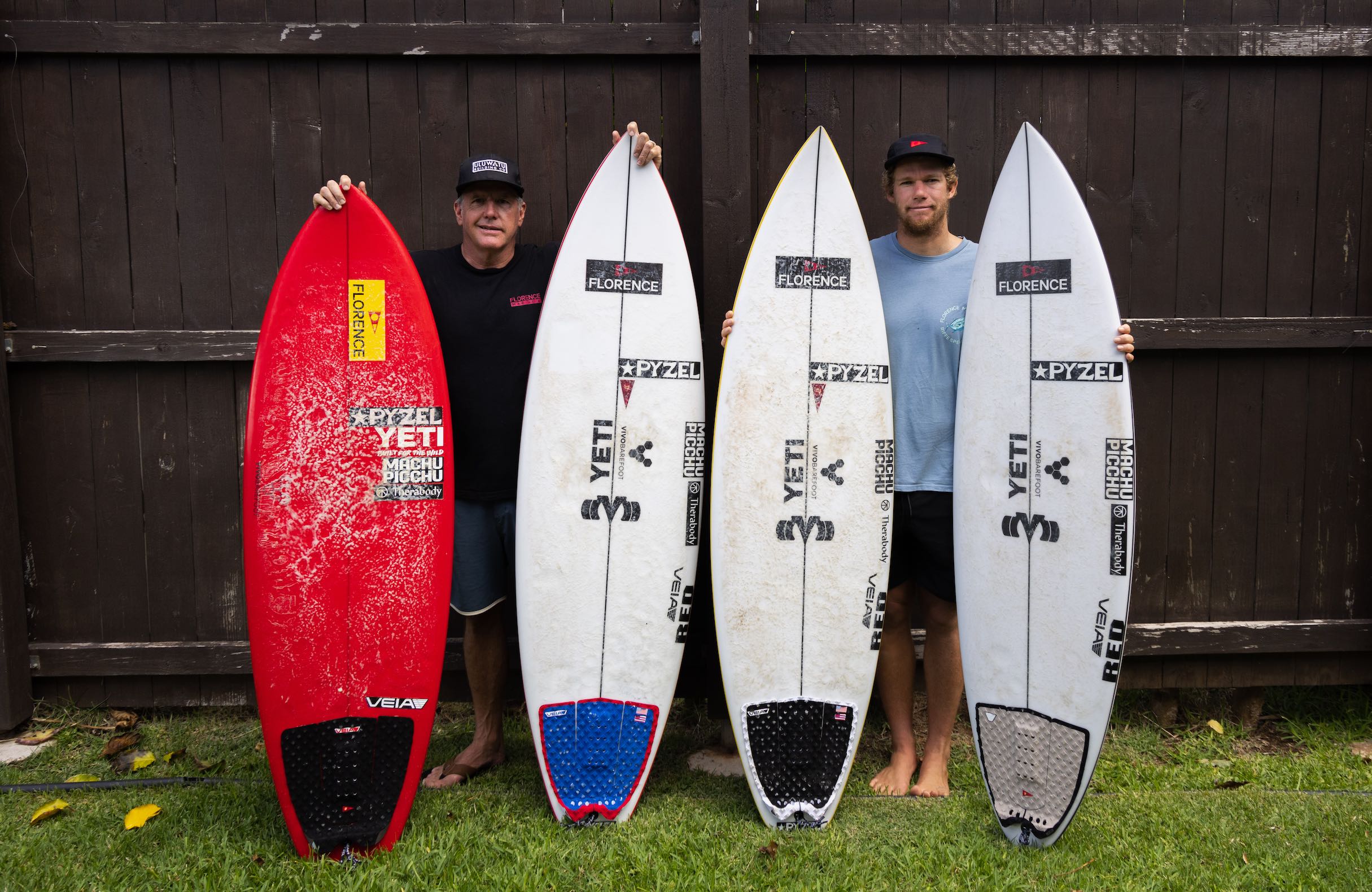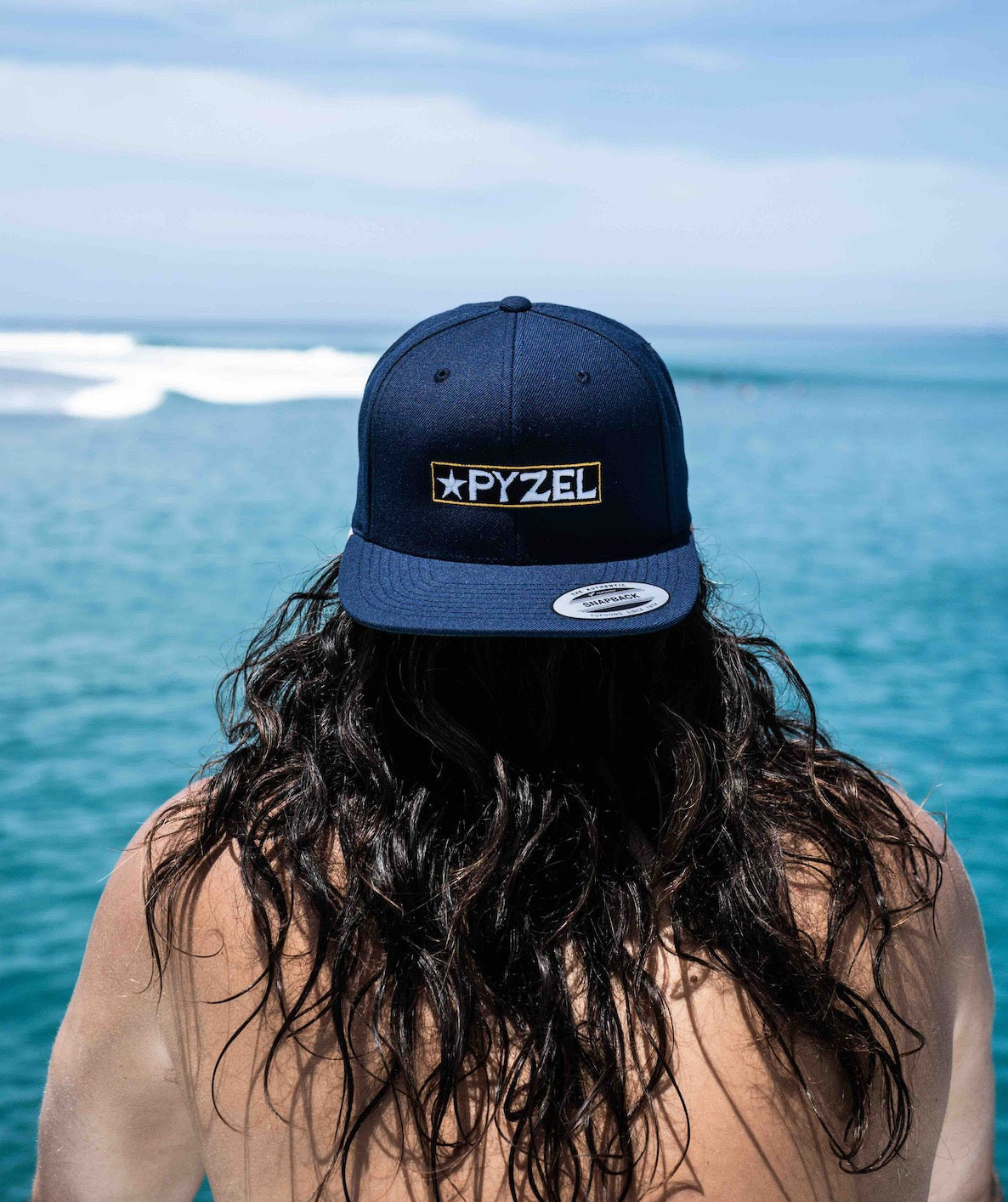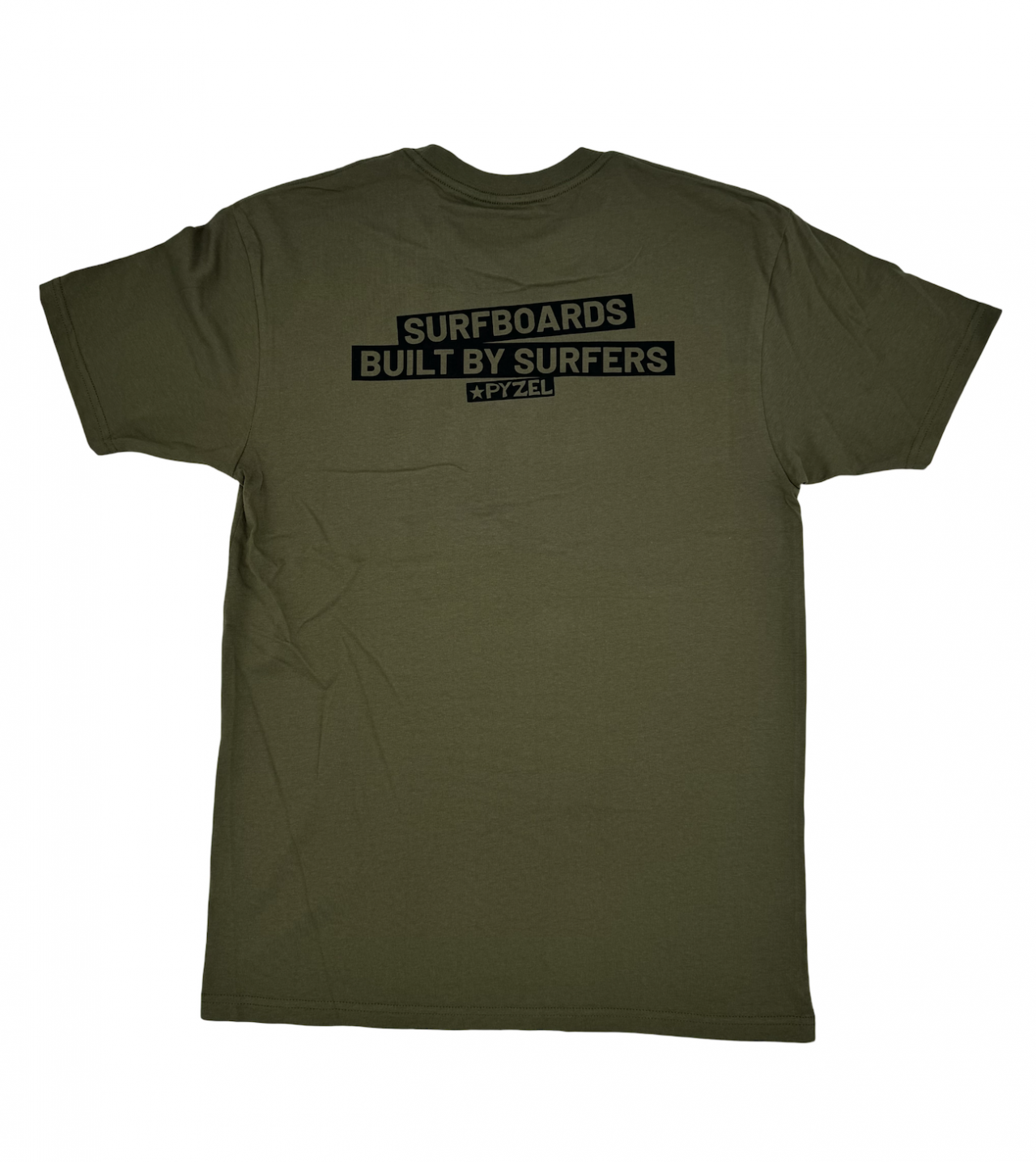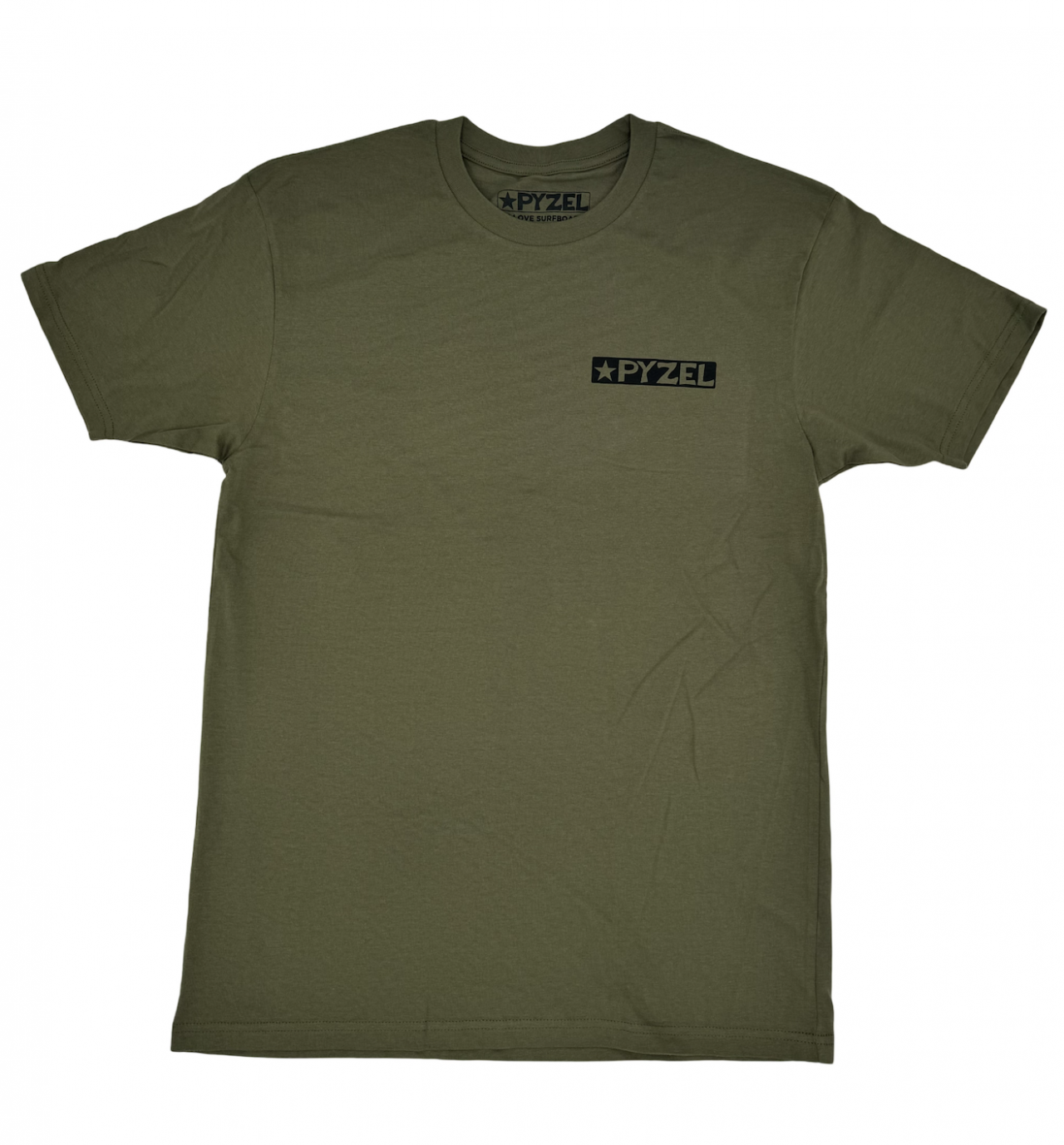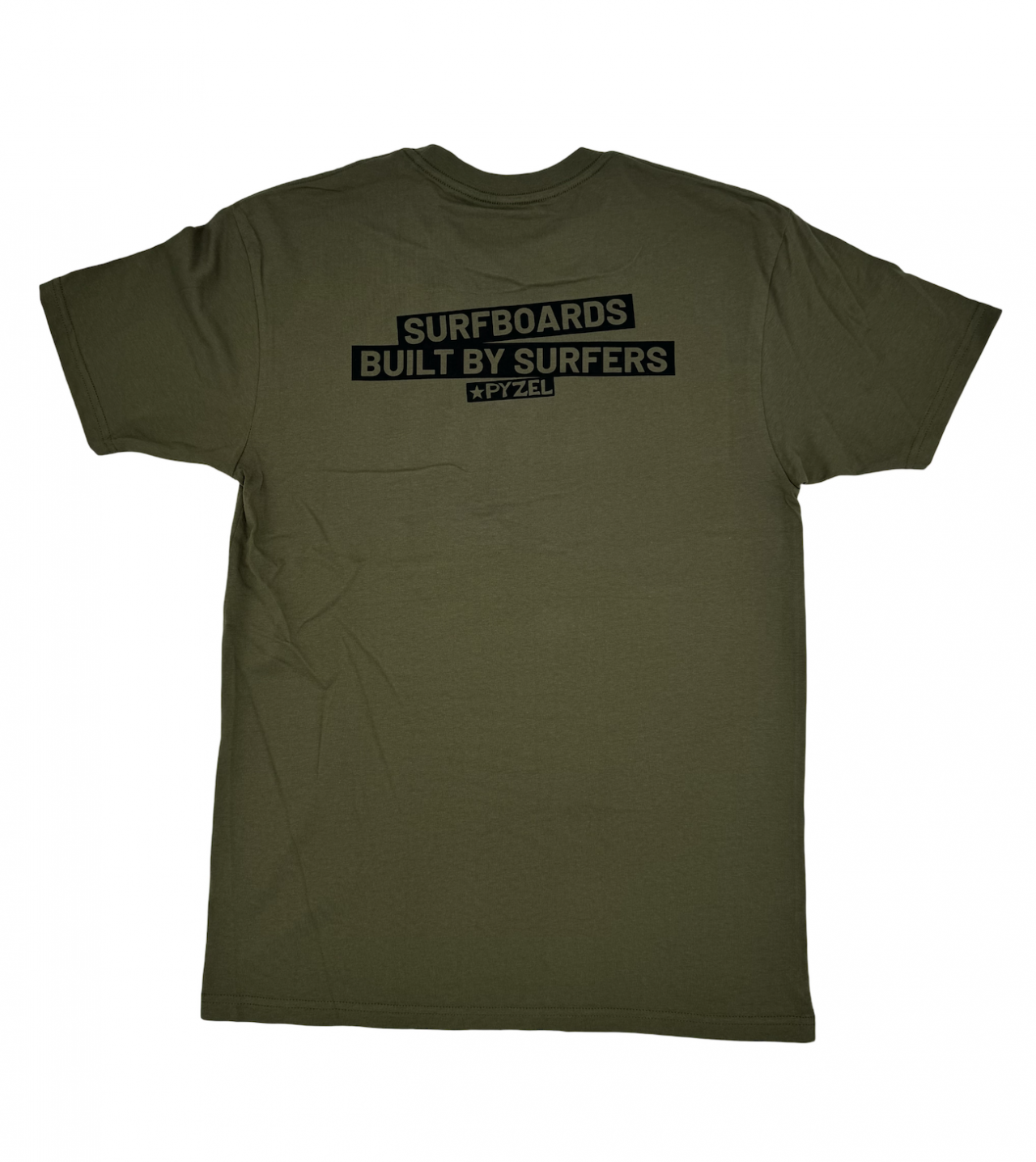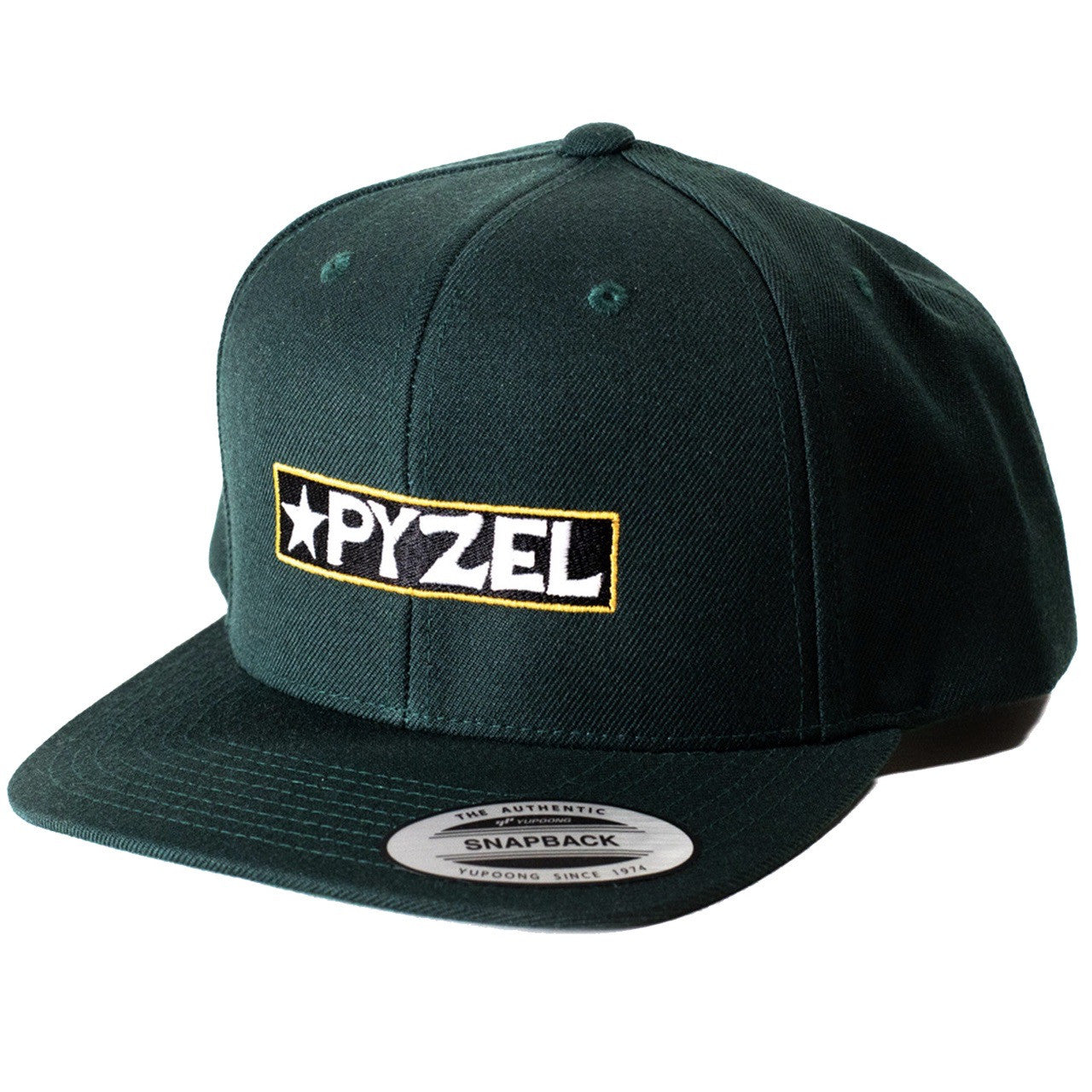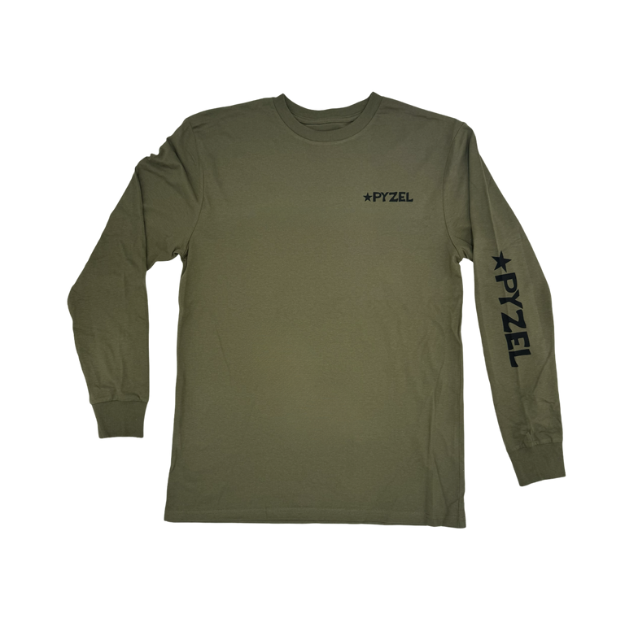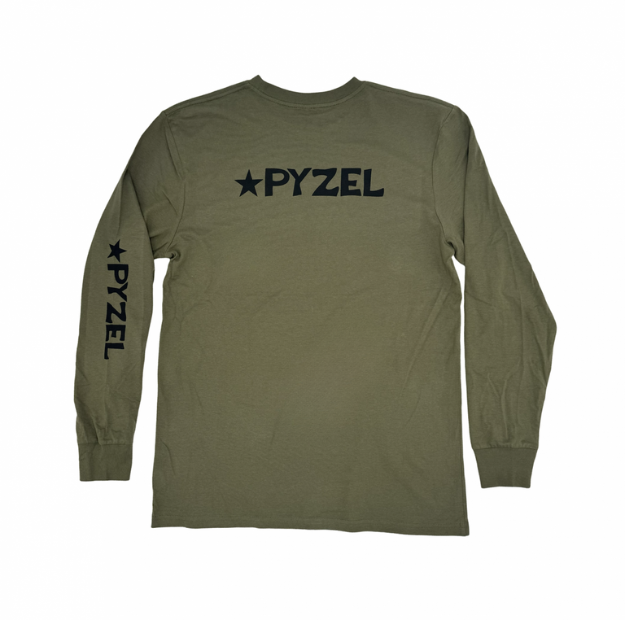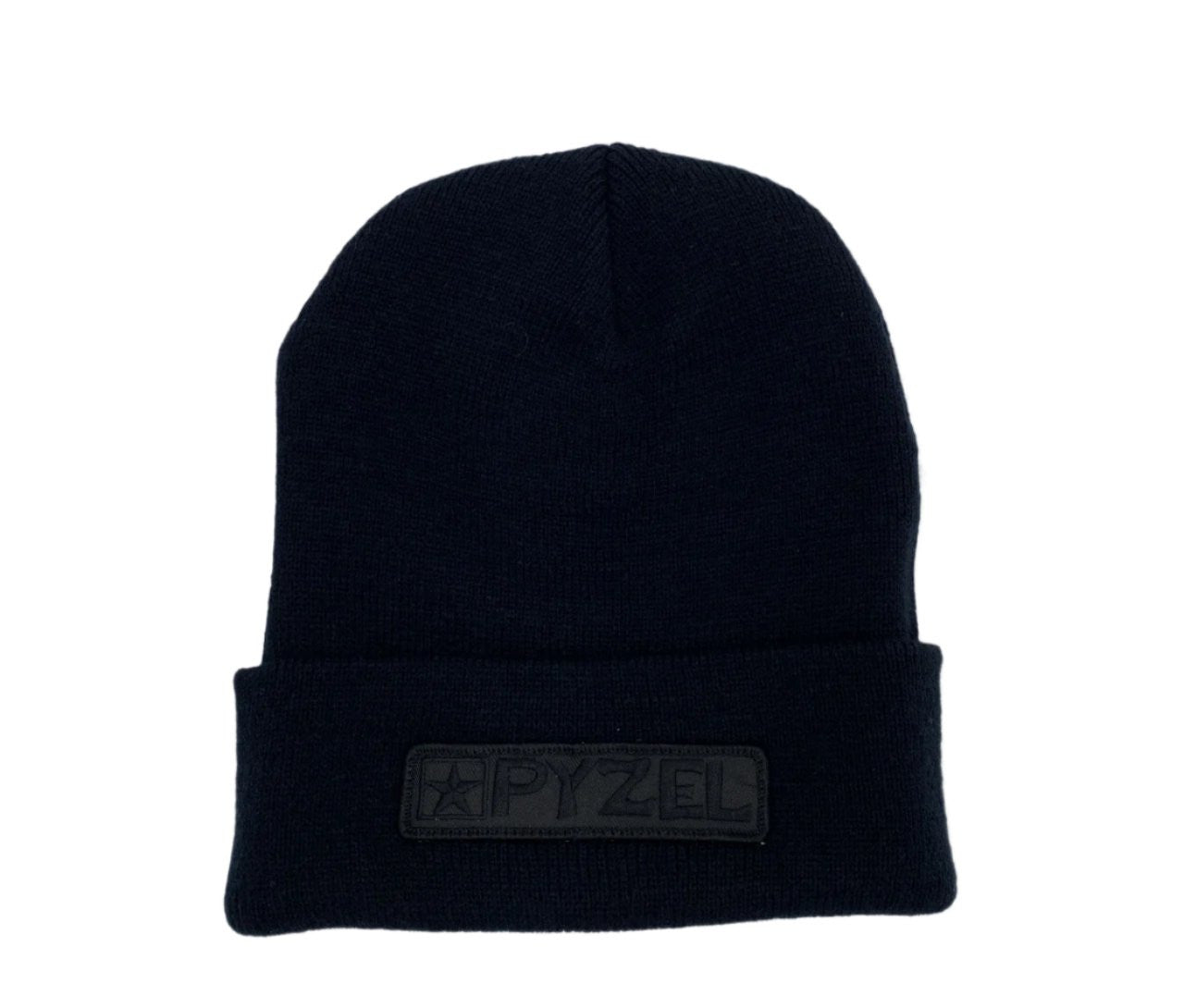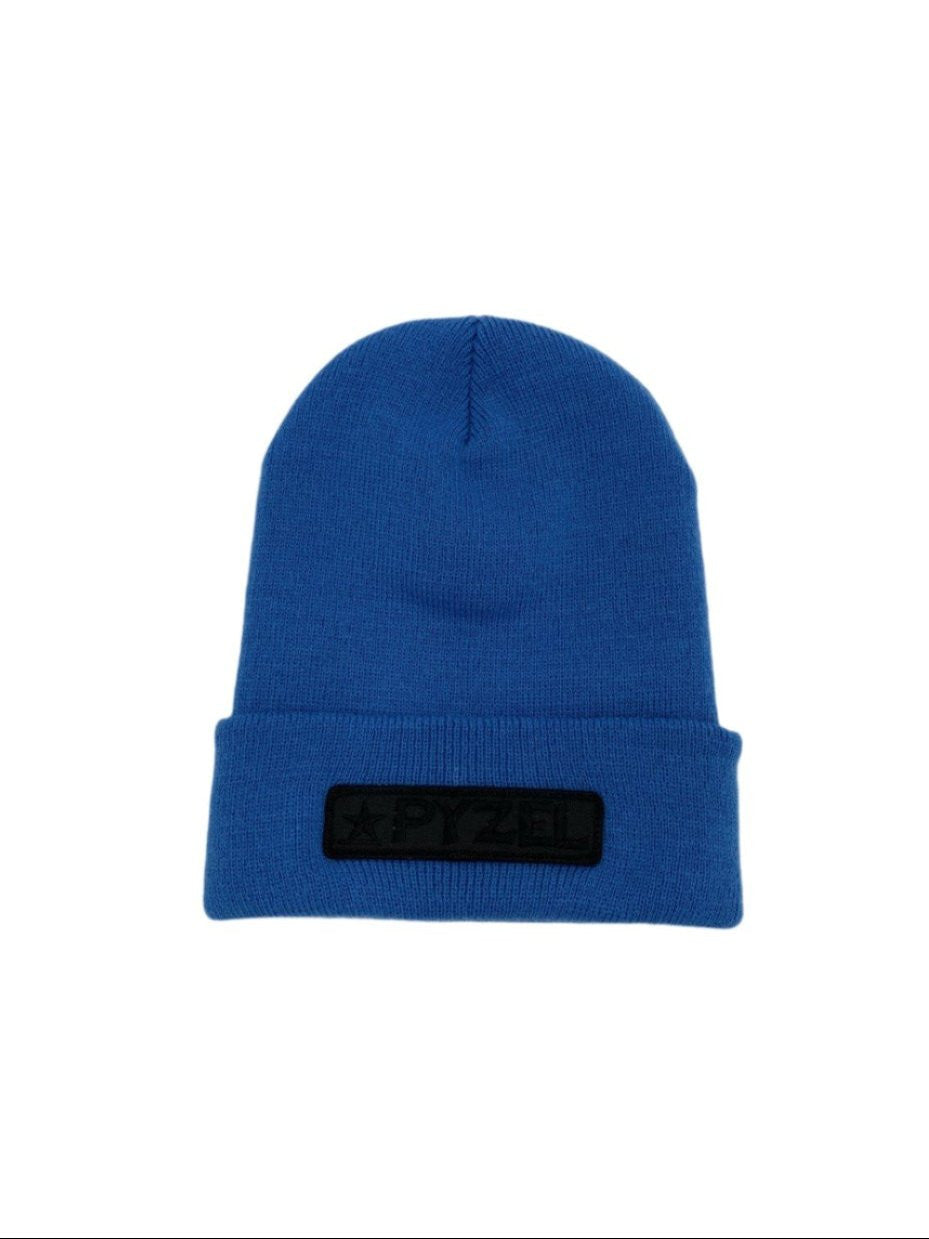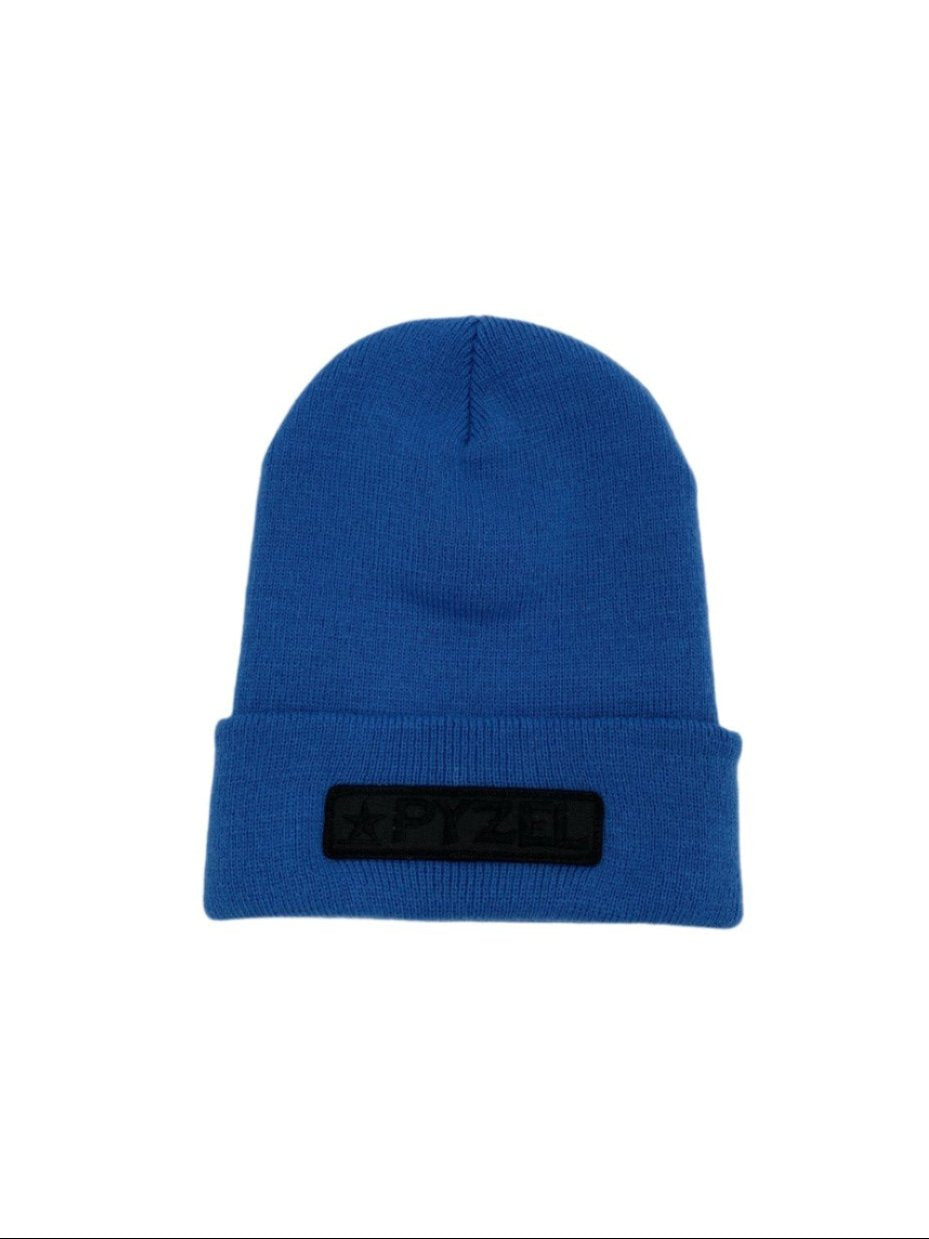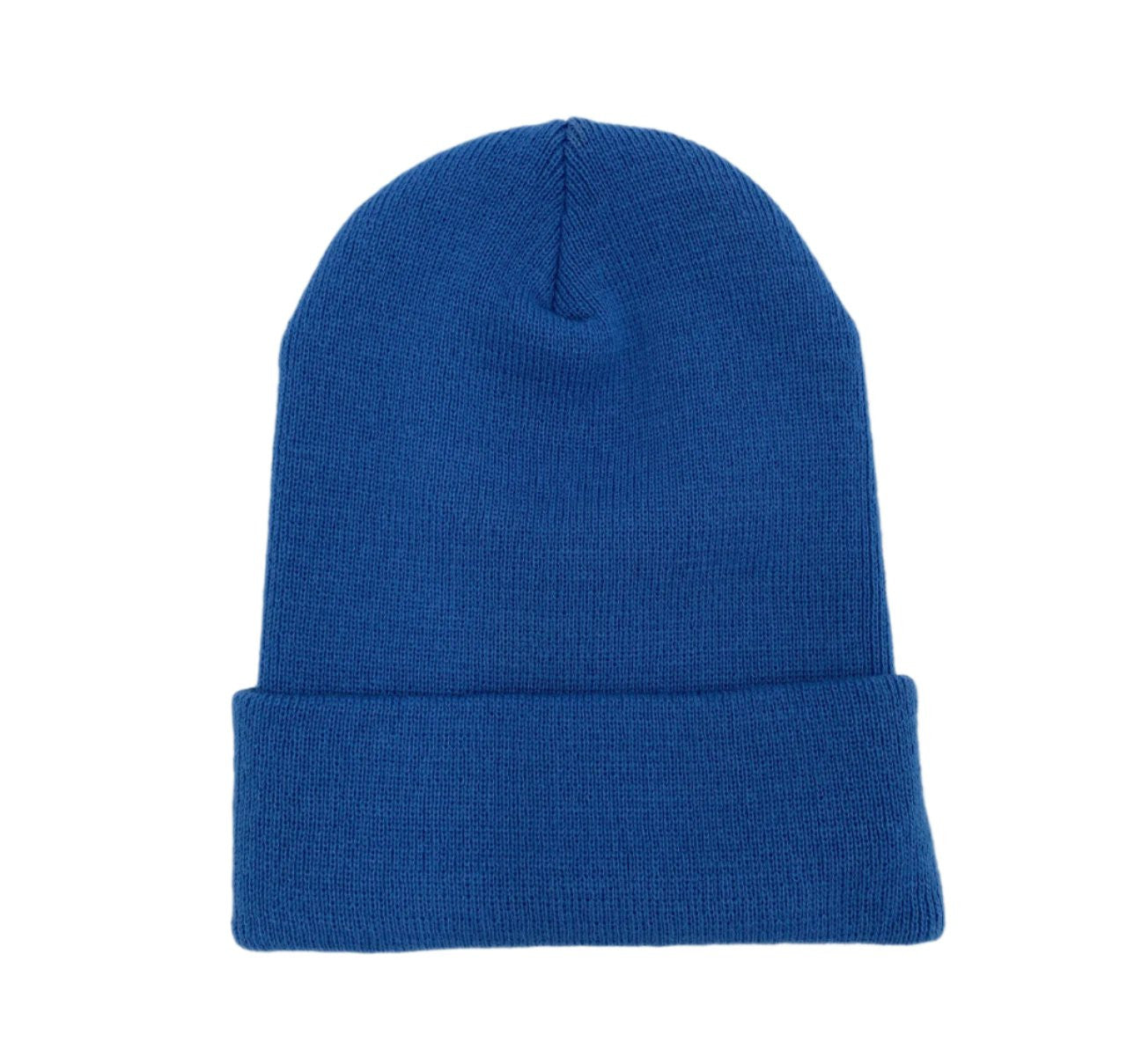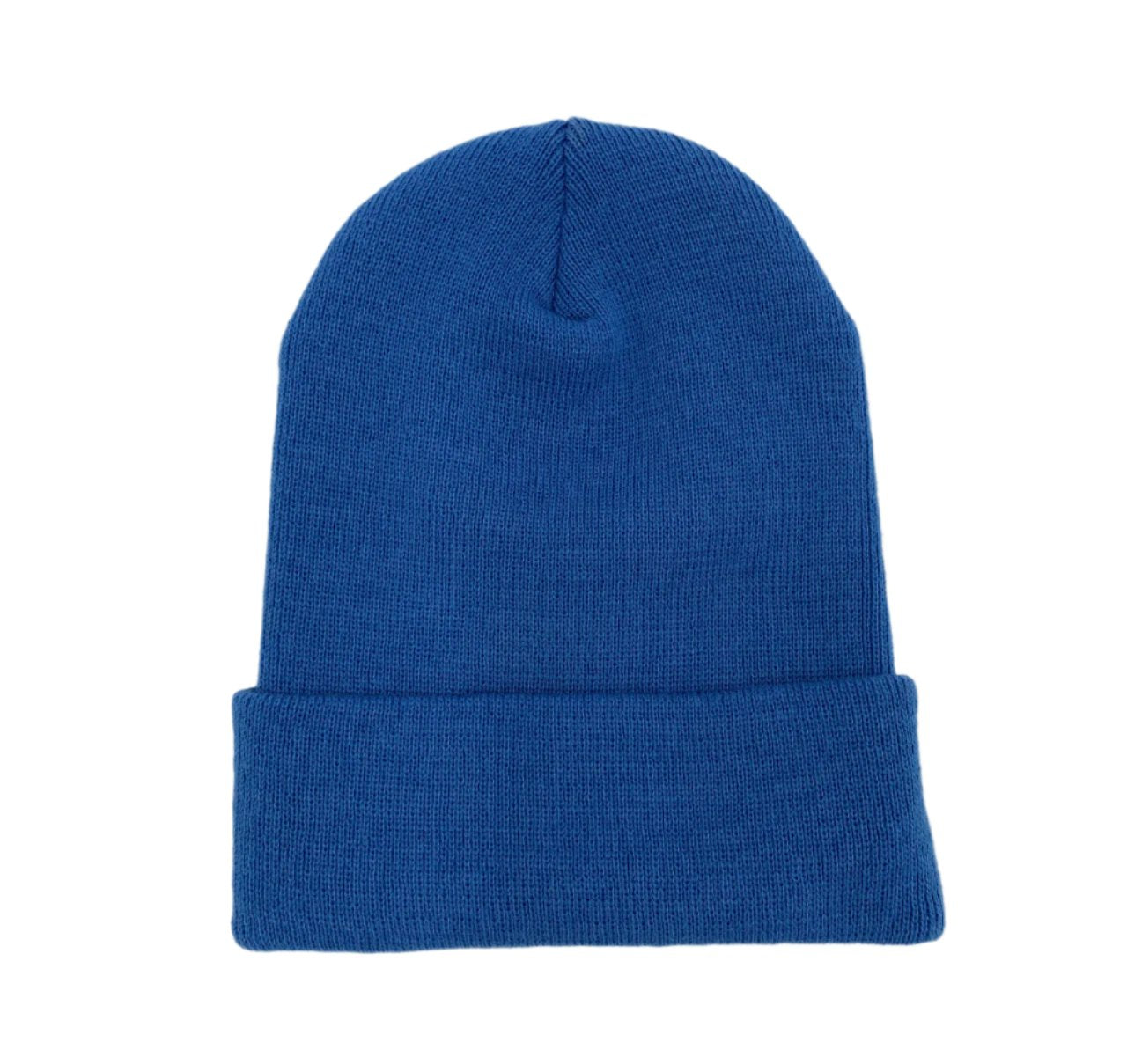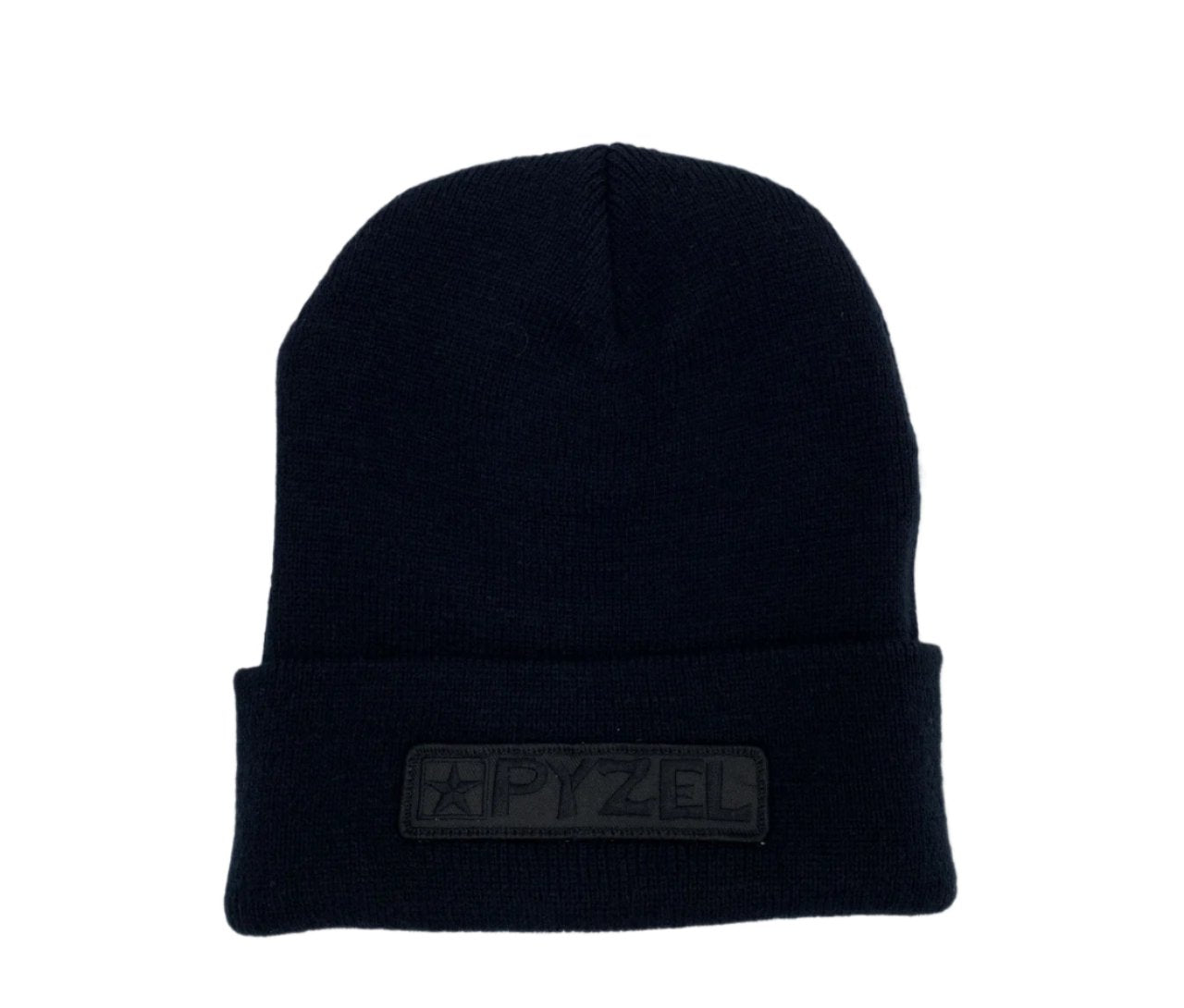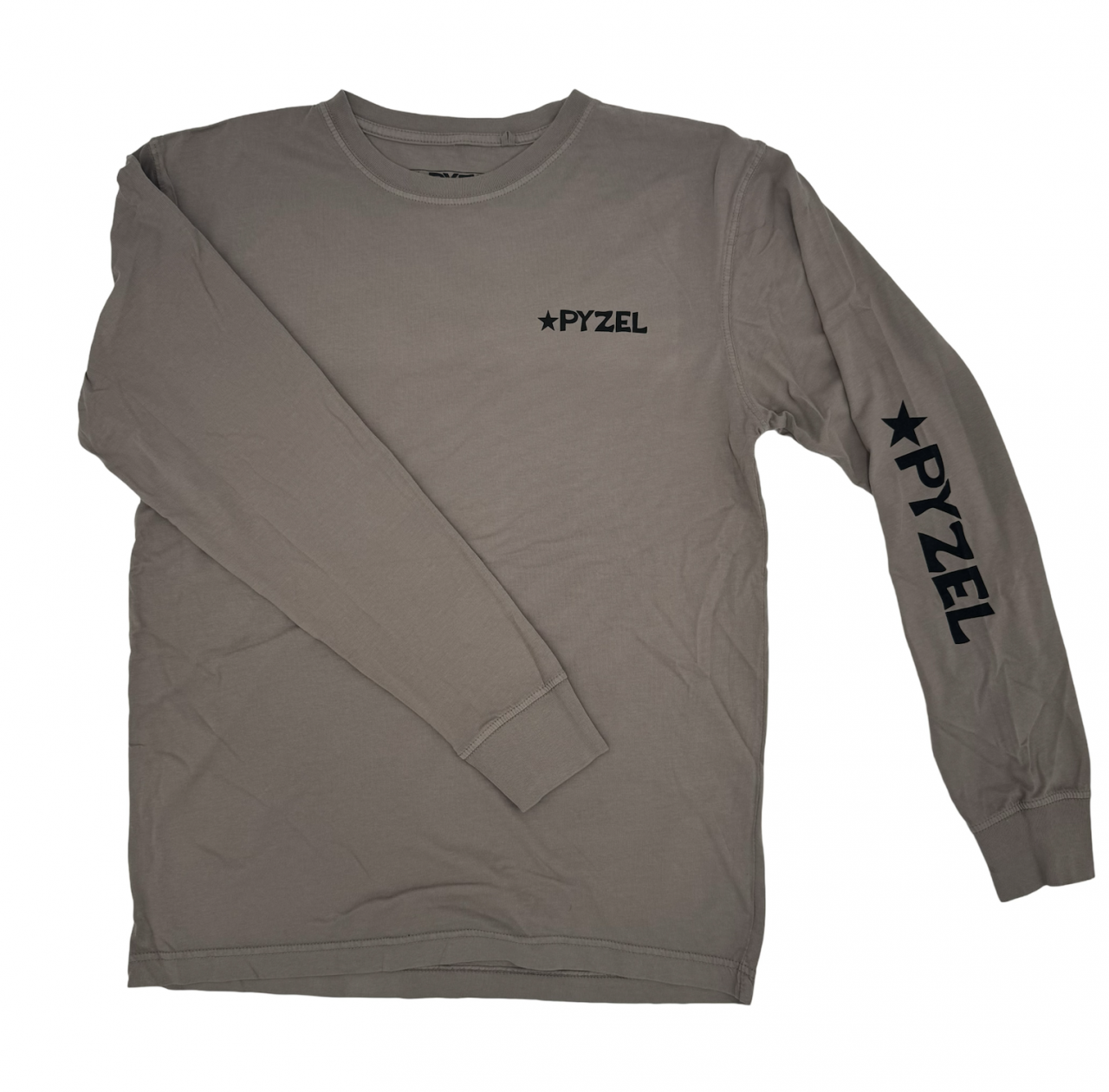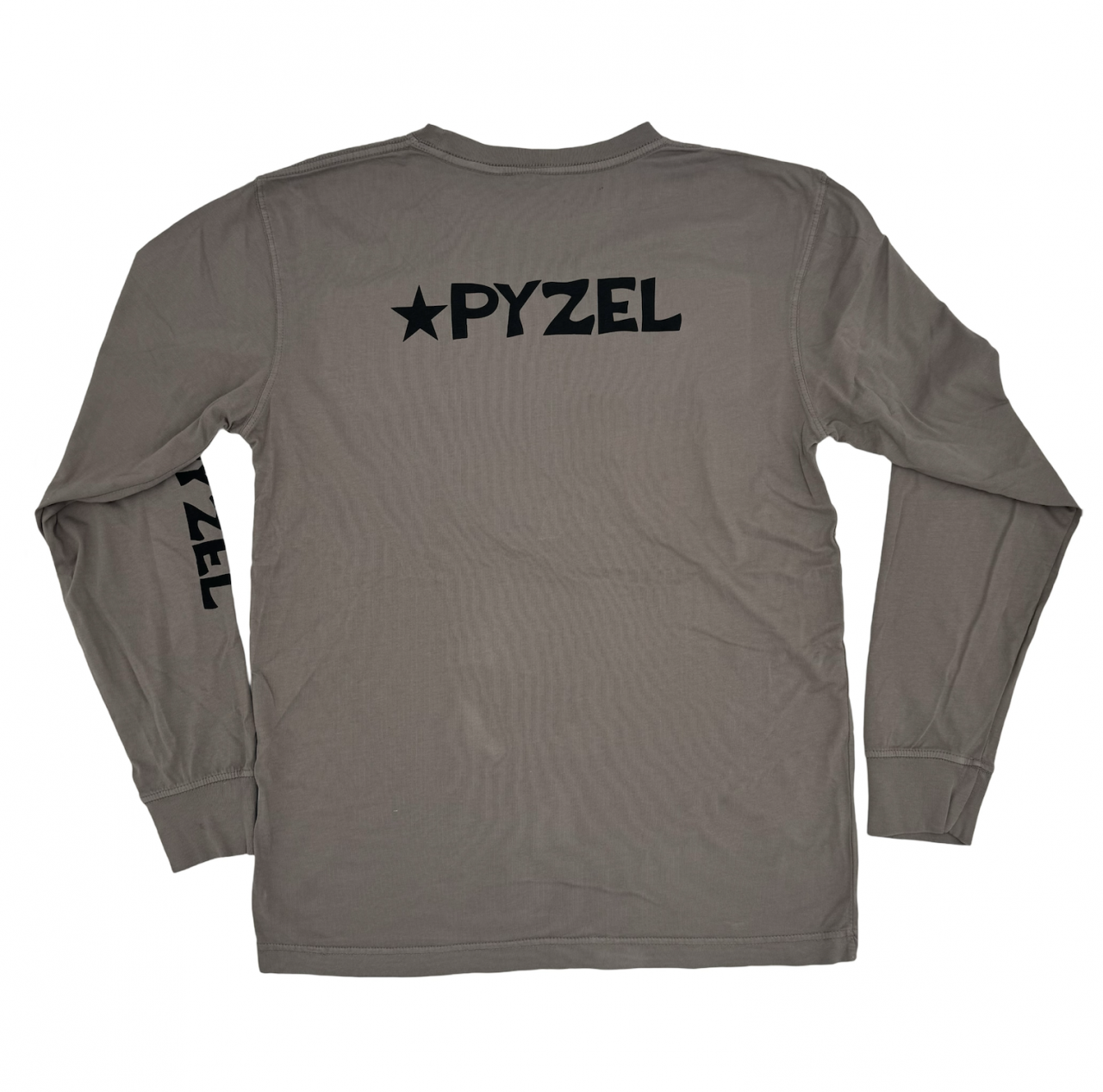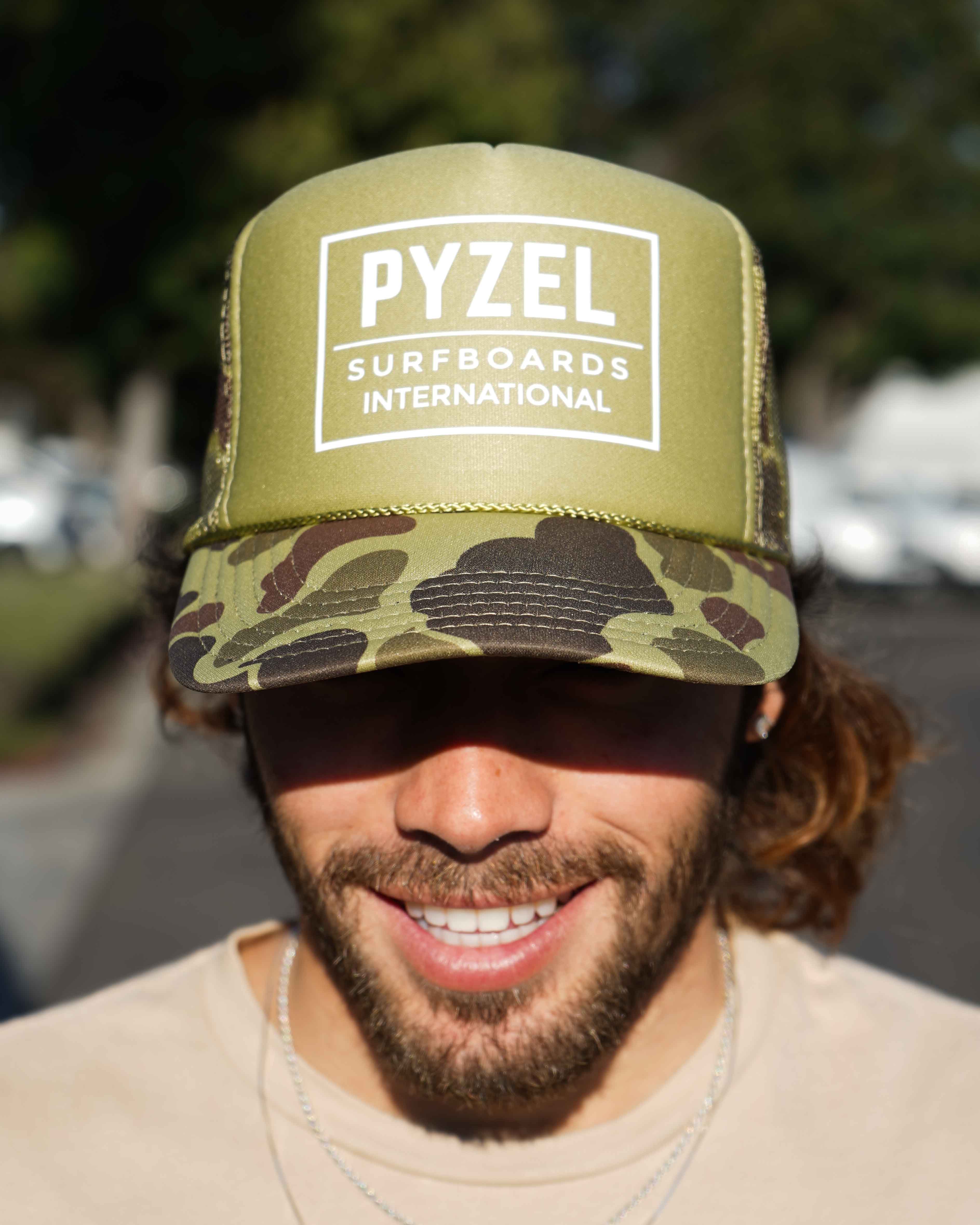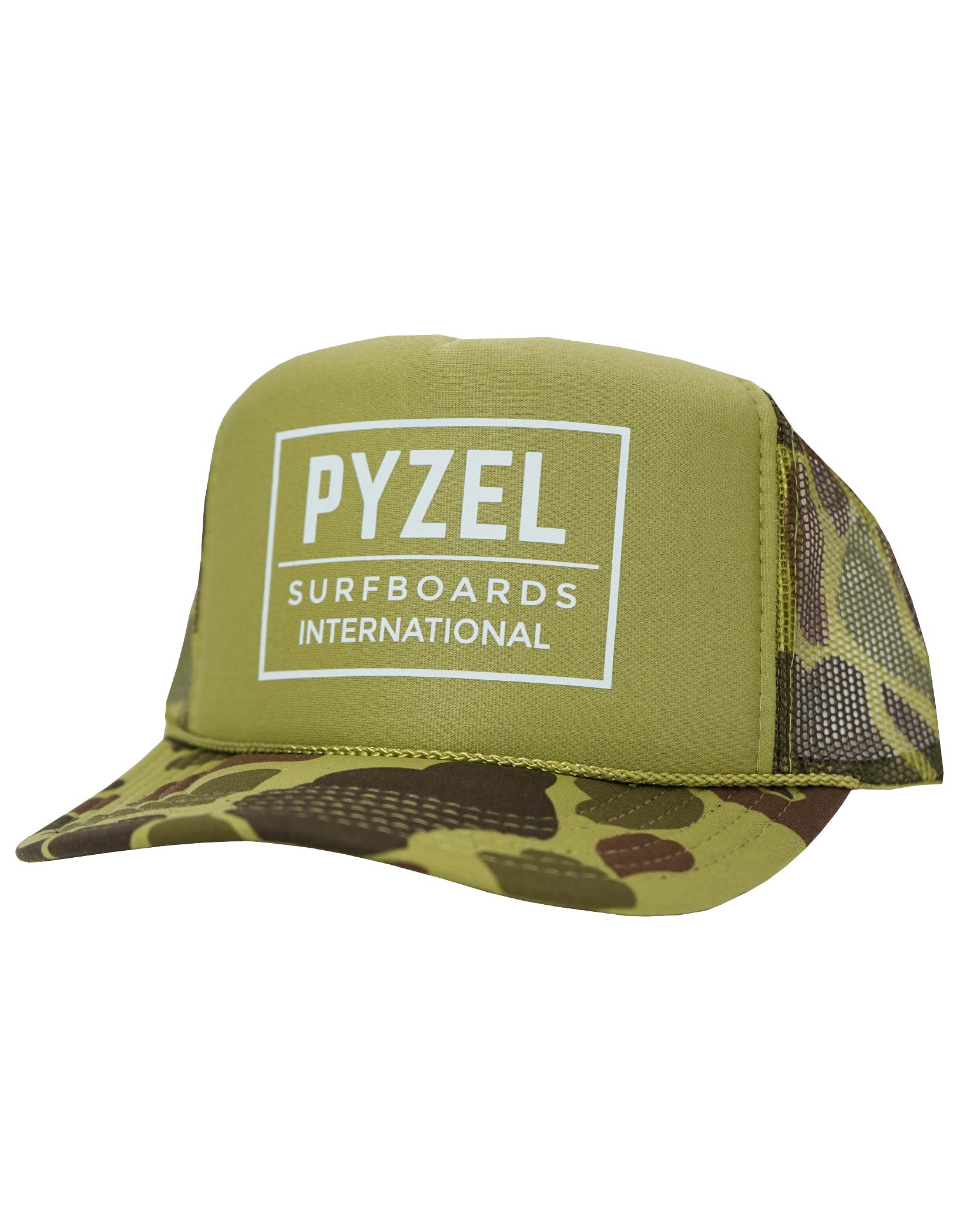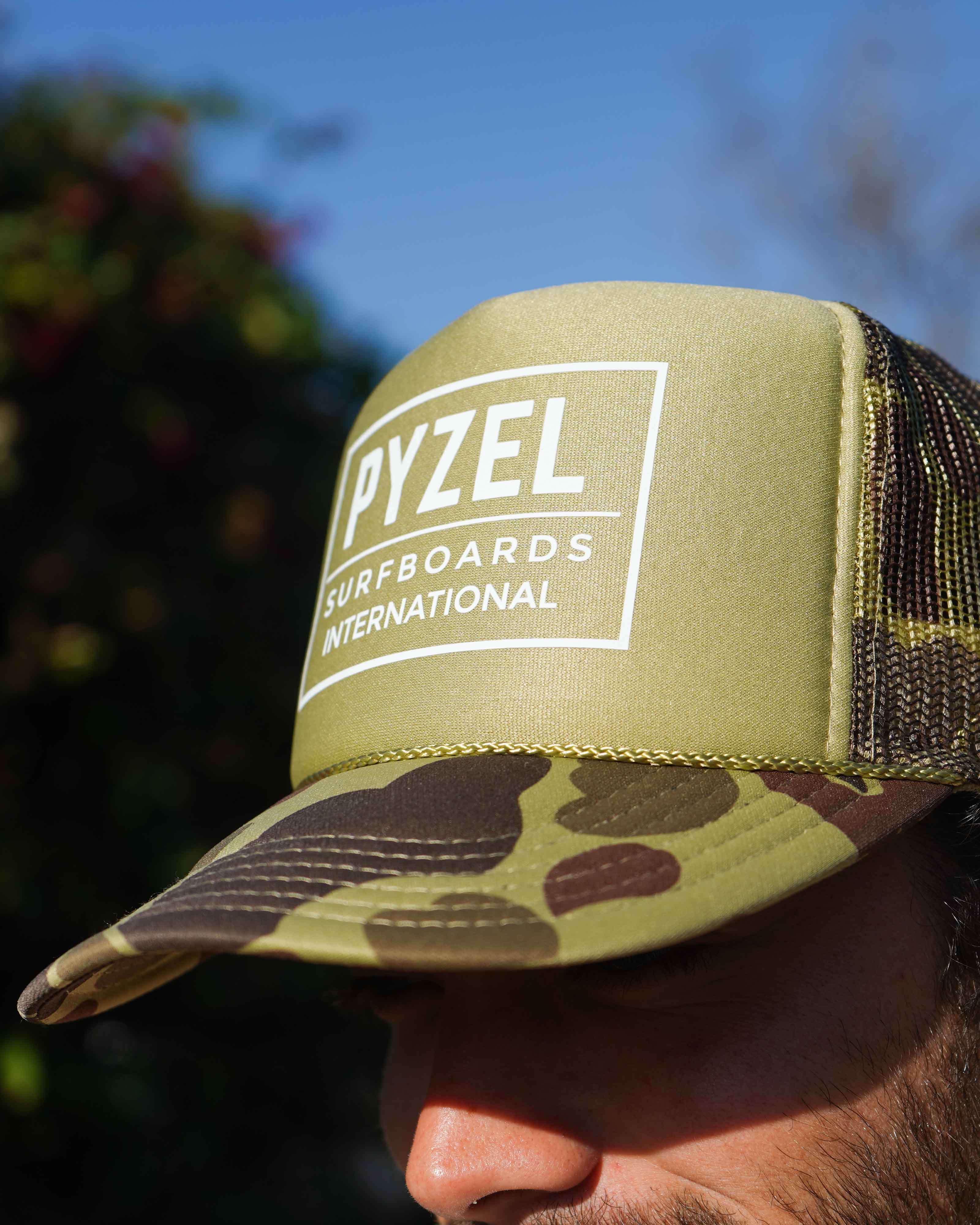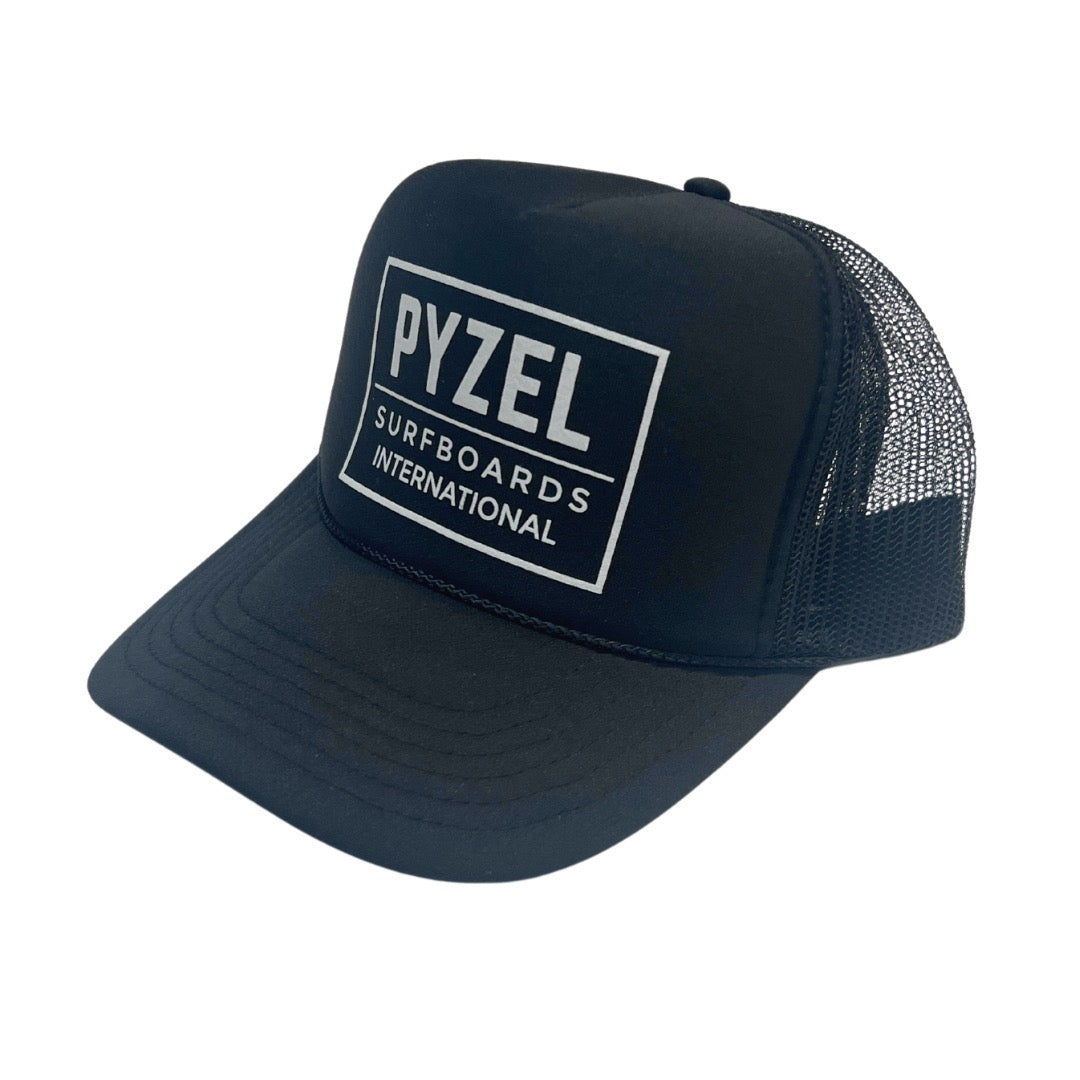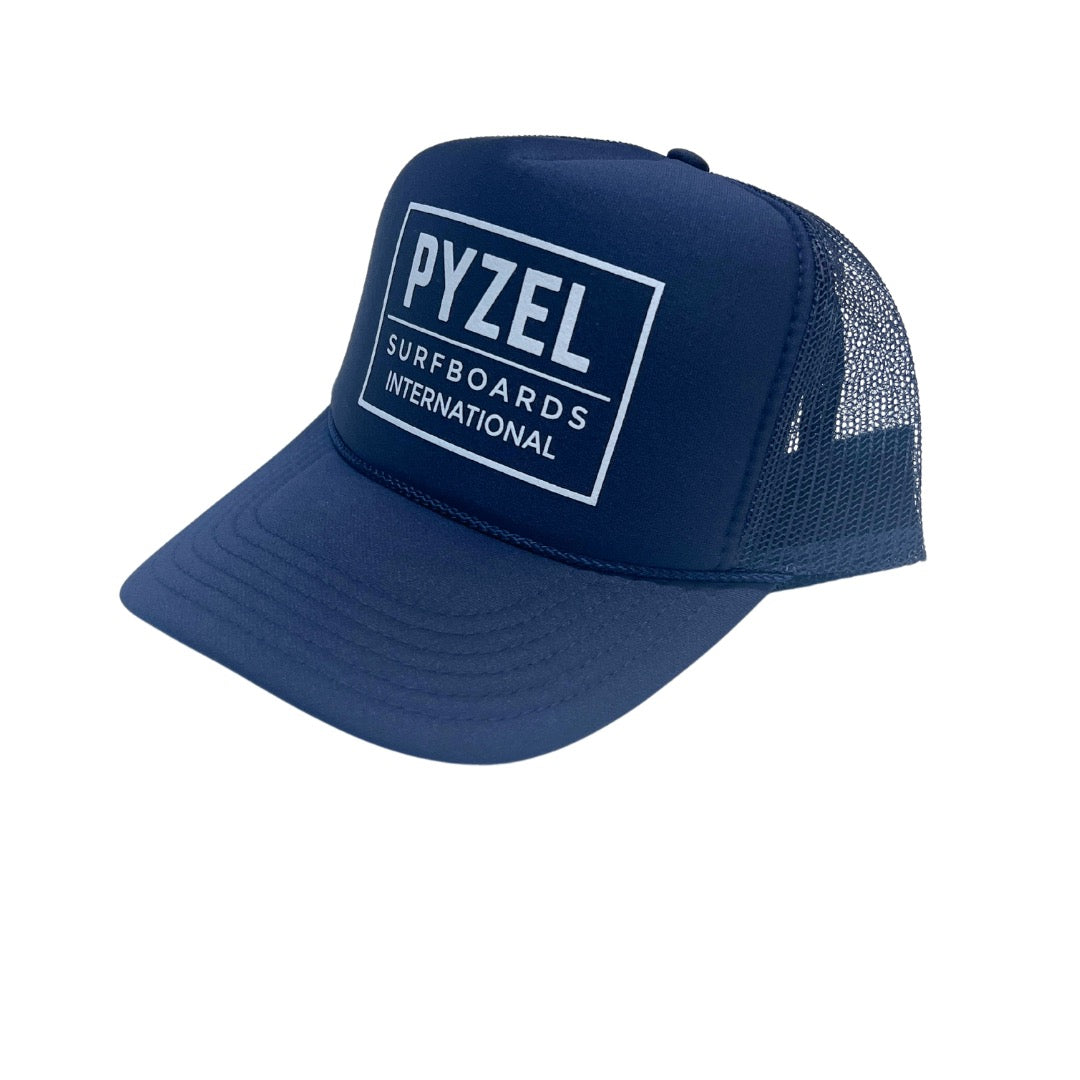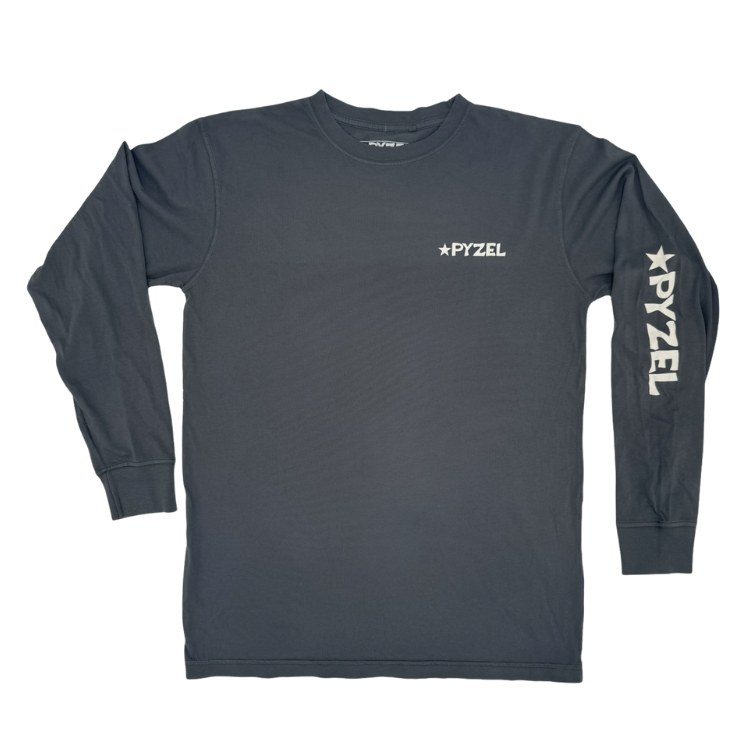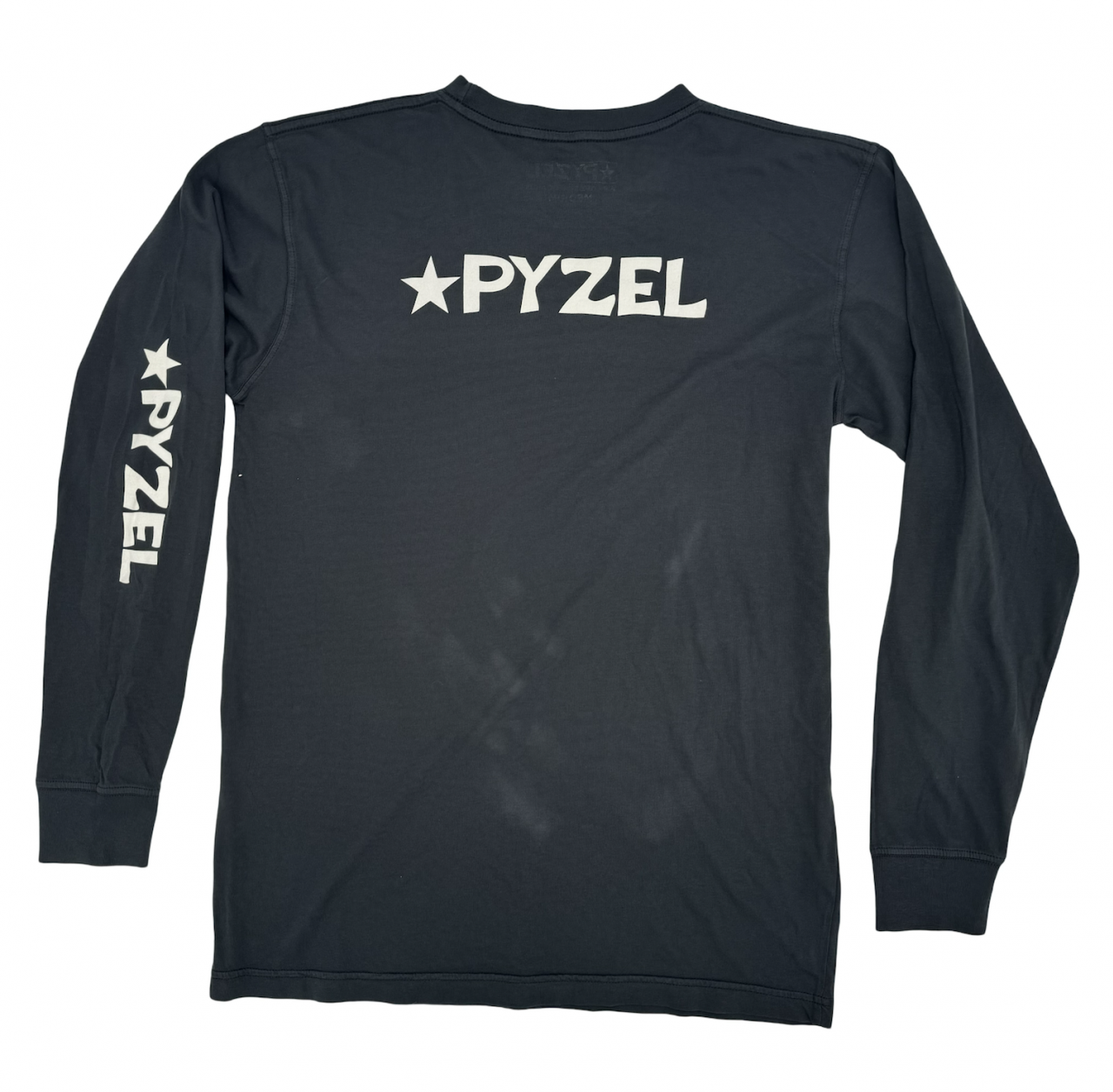Standard Dimensions
| Size | Width | Thickness | Volume |
|---|
VOLUME CALCULATOR
Our volume guide can help you figure out a good estimated volume for you to base your next board off of.
Ability/weight/volume numbers are not exact, but can give you an idea of where to start. This chart is assuming volume for a basic performance board to be ridden in weak to good waves.
- Generally speaking, you would want to ADD volume for a board designed for smaller, weaker conditions.
- You would also ADD volume for a step-up/gun board for use in even bigger, more powerful waves.
- Added weight (thick wetsuit, booties, etc.) should be calculated into your weight.
- You generally want to balance the added ease of paddling (more volume) with sensitivity and performance (less volume).

